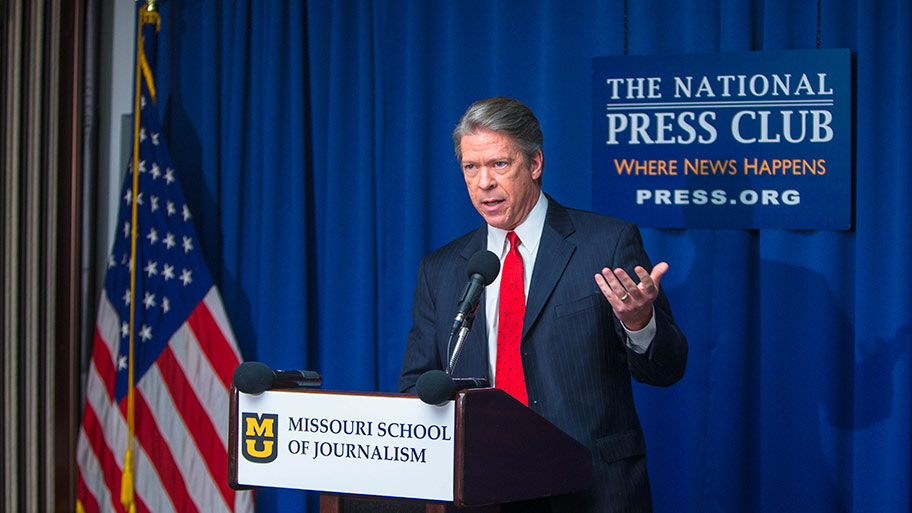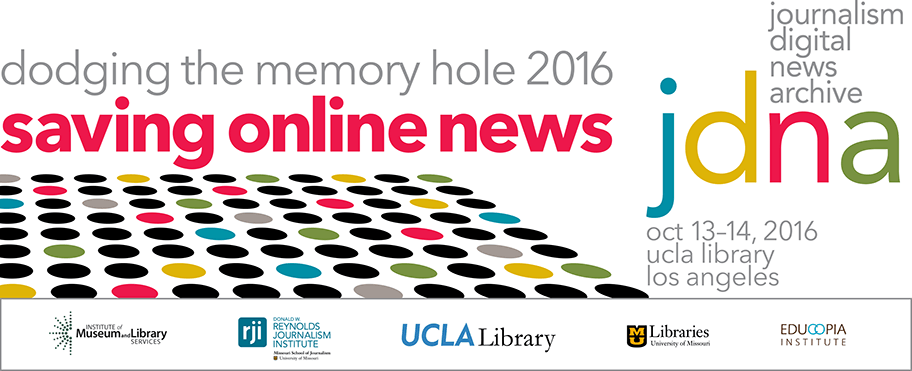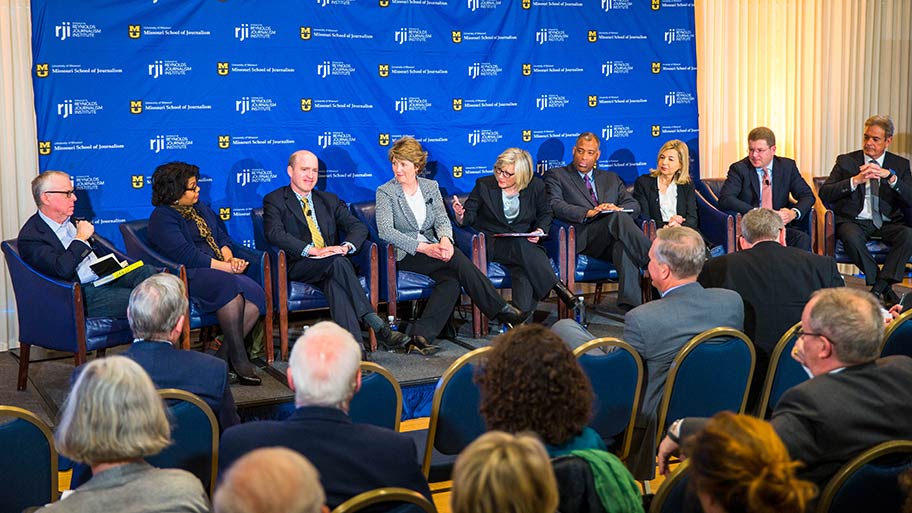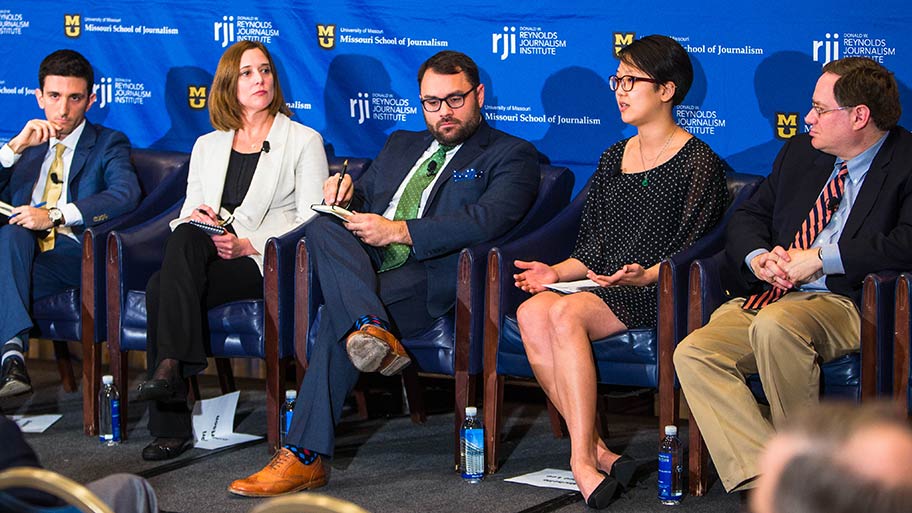
RJI news
CBS’ Major Garrett to journalists: Look to history for comfort during early Trump presidency
WASHINGTON — When CBS News Chief White House Correspondent Major Garrett hears journalists worrying about being labeled the enemy of the Trump administration, he points to history. “The words are extreme, but [President Trump’s] actions aren’t as bad as Nixon and Obama,” he said Thursday at the Hurley Symposium in Washington, D.C. “It’s important that … Continued
John Berlin: Twitter Feed Monitoring and Automatic Archival Through WAIL
John Berlin of Suffolk, Virginia, is a computer science student at Old Dominion University in Norfolk, Virginia, where he works for the Web Science and Digital Libraries Research Group. His project is a report titled “Dodging the Memory Hole Project Report: Twitter Feed Monitoring and Automatic Archival Through WAIL.” The project seeks to extend the … Continued
Hanna Soltys: DTMH 2016 Scholarship Project
Hanna Soltys of St. Louis studies library and information science at Simmons College in Boston. Her project focuses on a look at the landscape of digital news, why digital news archiving solutions aren’t one-size fits all due to dynamic content and social media and examines solutions from other industries and entities working to save digital … Continued
Matthew Hellman: Collective Cookbook: Best practices in visual archiving between news organizations
Matt Hellman of Austin, Texas, is a journalism student at the University of Missouri in Columbia. His project involves a case study of how the Columbia Missourian photography staff is using open source software to provide access to and create a cloud-based long-term archive for digital content. The final product is a professional project titled … Continued
Terry Britt: Saving the future past: Digital news content archiving
Terry Britt of Sweetwater, Tennessee, is a doctoral candidate studying journalism at the University of Missouri in Columbia. His paper deals with deterioration of collective memory over time. Alongside a review of relevant literature on the challenges of media content preservation, both pre-digital and born-digital, and efforts toward that end, responses from a recent qualitative … Continued
Who won? The personalization email newsletter study results are in
• Editor’s note: Tracy Clark is the founder of the technology platform Reportory and was a 2015-2016 RJI Fellow. She worked with the Austin (Texas) American-Statesman as part of her fellowship project. In a head-to-head experiment, e-newsletter content chosen by the reader outperformed e-newsletter content selected by an editor. Over the past year I partnered with … Continued
White House press corps: We’re not whining, we’re working
WASHINGTON — “We’ve got to stop whining and just do our jobs,” Fox News Chief White House Correspondent John Roberts said Thursday at the 2017 Hurley Symposium, “Fact-Checking, Fake News and the Future of Political Reporting.” The question of how to approach the Trump administration’s antagonistic relationship with the press — and whether one could … Continued
Fact-checkers believe appetite for accuracy will grow despite a lack of trust in news
WASHINGTON — Journalists for the three leading fact-checking organizations say their role is to examine the claims of politicians and present the facts, not persuade the public of certain conclusions. The fact-checkers spoke Thursday at the 2017 Hurley Symposium titled “Fact-Checking, Fake News and the Future of Political Reporting,” hosted by the National Press Club. … Continued
Faux news in the digital age: Appendix 3
Clickbait beliefs I did not know what clickbait was until taking this survey. Frequency Percent Valid Percent Cumulative Percent Valid 1- Strongly Agree 33 12.4 12.4 12.4 2 35 13.2 13.2 25.6 3 45 16.9 16.9 42.5 4 41 15.4 15.4 57.9 5- Strongly Disagree 112 42.1 42.1 100.0 Total 266 100.0 100.0 … Continued
Faux news in the digital age: Appendix 2
I have never shared a fake news story on social media. Frequency Percent Valid Percent Cumulative Percent Valid 0% Not at all confident 5 1.9 1.9 1.9 10% 9 3.4 3.4 5.3 20% 7 2.6 2.6 7.9 30% 10 3.8 3.8 11.7 40% 17 6.4 6.4 18.0 50% 21 7.9 7.9 25.9 60% 21 … Continued





